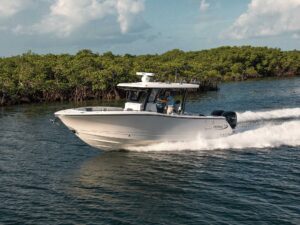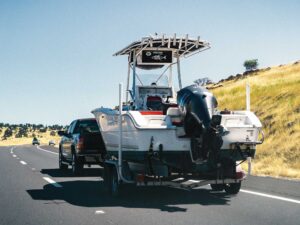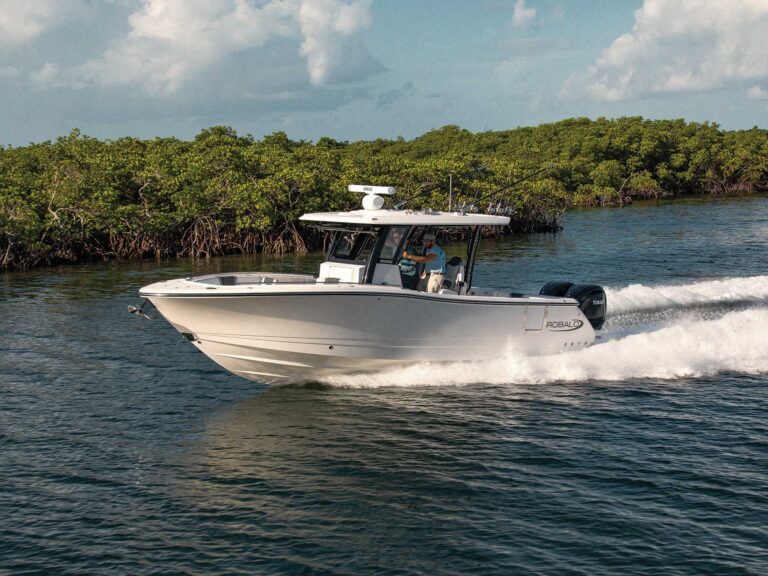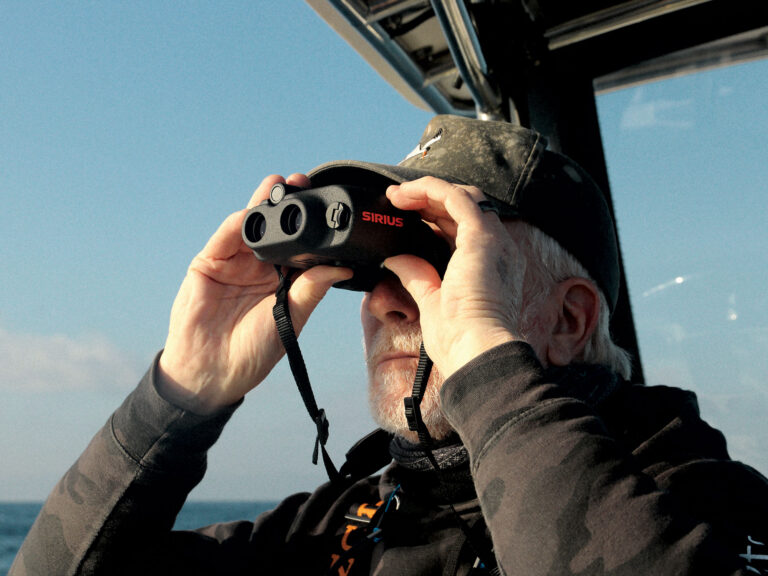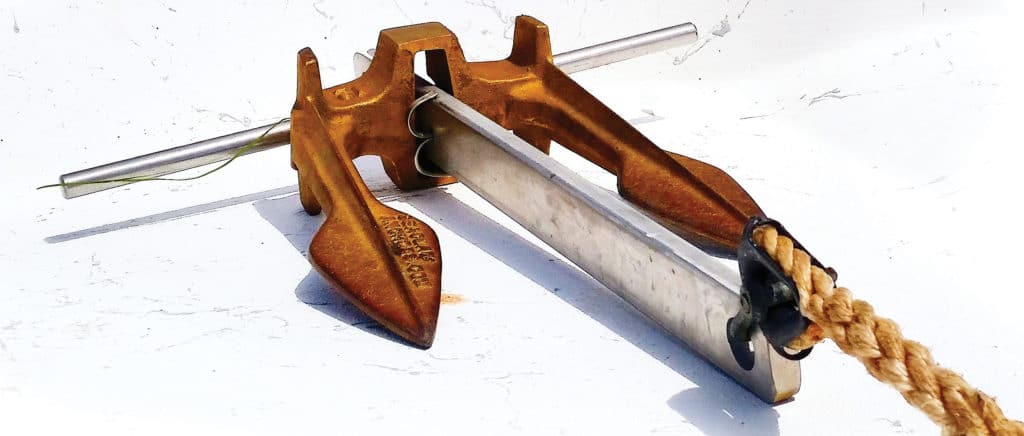
The fishing maxim of being in the right spot at the right time is as relevant as ever. Remaining in the right spot is just as critical to success. That’s why choosing the right style of anchor and ground tackle is important.
Among the numerous anchor designs, only a handful are really practical for fishing. The CQR or coastal quick release anchor is a popular choice for boats with bow rollers and windlasses. This style, also called a plow or delta anchor, sets as the point digs into the bottom. One-piece Bruce or claw anchors use a similar shape and action to dig. The lightweight Danforth style stows easily, is affordable depending on the construction and has good holding power when paired with chain. For specialized scenarios, grapnel or wreck anchors utilize hooking tines instead of flukes, so if the anchor gets hung on structure, the malleable tines can be straightened using the boat’s engines and then re-bent to shape. Hybrid navy anchors are yet another alternative for smaller boats. The flukes and shank of this style are heavy enough that adding chain to the rode is usually unnecessary.

So which of these anchors is best for you? It depends on the boat and the typical bottom habitat you fish. Two veteran guides share what works for them and how they rig their ground tackle.
Capt. Robert “RT” Trosset has been running light-tackle charters in Key West, Florida, for more than two decades. Trosset, with dozens of world record catches to his credit, owns two Yellowfins, a 34 center console and 24 bay. He carries two styles of anchors with different ground tackle aboard each to match diverse conditions. In the big boat, for any spot with limestone where he might hang up, he goes with a Lewmar Bruce 7.5-kilogram anchor rigged so it can be pulled backward to clear. When anchoring in sand, he deploys a Fortress FX-11 aluminum Danforth anchor.
“You always want to make sure you have enough anchor. If I get in trouble, I want to stay put and not drift into the Gulf Stream,” Trosset says. “You also want enough rode to adjust to a spot. I like to have an extra 100 feet to play with. I splice a loop on each end of my lines with a shackle to add more sections as needed.”
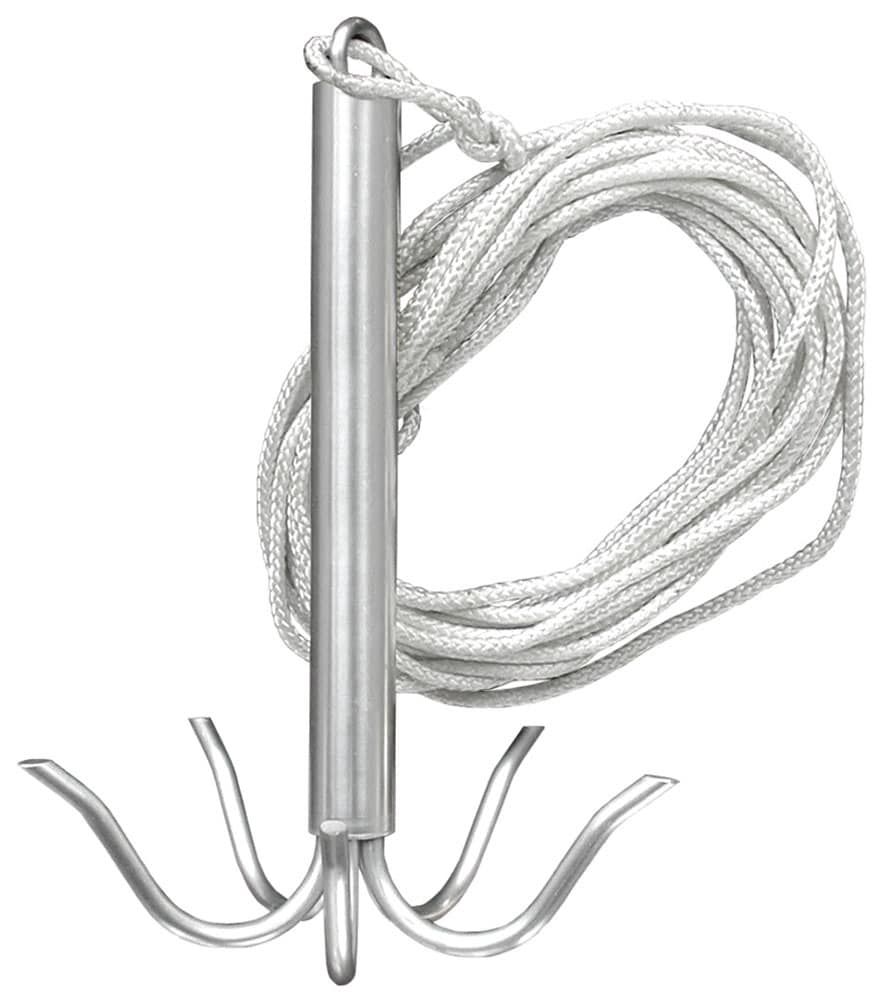
When fishing the backcountry flats and channels in the bay boat, Trosset downsizes to 5-kilogram Bruce and FX-7 Fortress anchors. He adds 10 feet of 5⁄16-inch chain to the 3⁄8-inch nylon three-strand line for the bay boat (300-foot section for the Danforth and another 150-foot length for the Bruce).
On the larger center console, he bumps up to 18 to 20 feet of chain and uses 7⁄16-inch nylon for the rode. The Fortress anchor is rigged with a 600-foot section, while he has dual 150-foot lengths for the claw. Trosset doesn’t use a windlass, preferring an anchor ball and clip snapped directly to the rode to recover the anchor.
He uses the heavier, longer chain to guard against chafing and slippage, and he backs the boat away a bit as it sinks to keep the chain stretched to avoid tangling. Since he loses an anchor a year on average, he chooses galvanized chain over stainless to save on replacement costs. He also uses 12-inch heavy-duty nylon tie-wraps with a metal insert to rig a trip chain on the Bruce anchor.
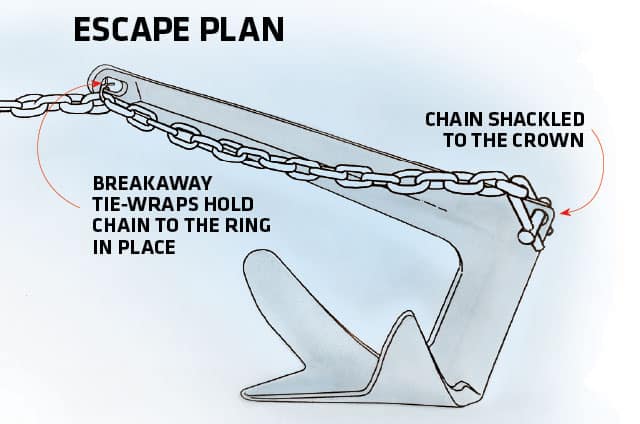
“I double the wrap through the top ring and chain,” he explains. “When I pull away, it pops fairly easy so I can pull the anchor backward to clear it. I keep spare wraps on board, and it’s really quick to rerig.”
On the New Jersey coast, Capt. Adam Nowalsky runs his 35 custom RP Downeaster out of Atlantic City. Nowalsky normally fishes in 30 to 150 feet of water for tautog, sea bass and fluke around rock piles and wrecks. To position precisely, he uses GPS and a windlass to set twin 43-pound Danforth anchors.
“My boat weighs 16,000 pounds, and I started with a 25-pound anchor and 6 feet of chain, but occasionally it failed to set,” he explains. “So I switched to the heavier version with no chain, and that gave me a much better setting rate in all conditions. I use 1⁄2-inch three-strand nylon rope. Instead of a galvanized shackle, I add a stainless swivel woven into the rope to eliminate twist that can cause kinks and stress on the windlass.”
Nowalsky doesn’t scrimp on his rode length either, even though he rarely fishes deeper than 200 feet. He carries 1,200 feet per anchor.
“I like to have at least 3 to 4 feet of rode for every foot of depth. I might have 600 feet of line out in 100 feet of water. On days with strong current and larger seas, I may need to increase that ratio to stay where I need to be and that extra line lets me do that. Plus, if I do get hung up and have to cut it, I still have enough leeway,” he adds.
Here’s another maxim: When it comes to anchoring, it’s always better to have too much than not enough — if you want to stay on the right spot.

